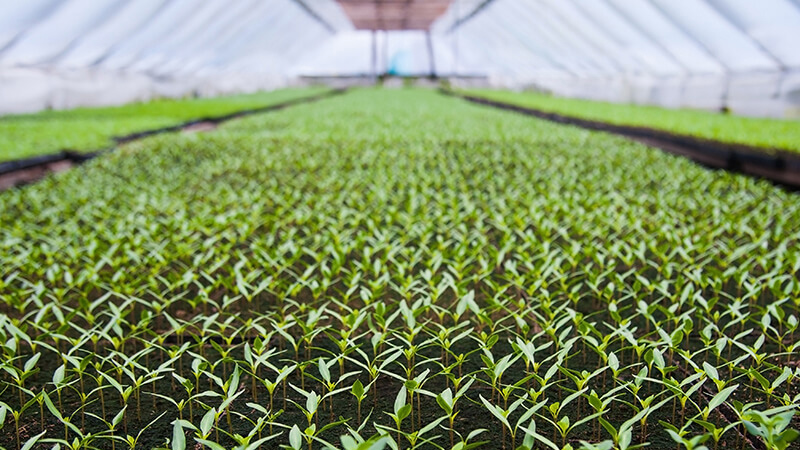Evaluating New Plants? What Growers Should Look For

Jim Ault of Chicago Botanic Garden knows a thing or two about what goes into evaluating new plants. It’s this kind of insight and experience that earned him the Industry Achievement Award during Cultivate’19.
This is the fourth of four Q&A features honoring winners of Greenhouse Grower’s Medal of Excellence Awards. Special thanks to Title Sponsor MPS and WestRock for supporting Greenhouse Grower’s Medal of Excellence Awards.
When a grower is evaluating a new plant variety for production, what are three or four things he/she should look for in terms of breeding, and why are these characteristics/items important?
Jim Ault (Chicago Botanic Garden): Any new plant is entering a very competitive marketplace, as there have never been as many different plants available to both industry growers and by extension, home gardeners. For a new plant to succeed, it needs to have at least one of the following criteria:
• Be something so completely different that its novelty alone will ensure at least good initial sales — think the first orange coneflower. Completely novel plant introductions of course come along rarely, as most ornamental plant genera have been explored breeding-wise to at least some degree.
• For a new plant competing directly with known cultivars of its kind (perhaps a new Phlox paniculata cultivar), the new plant needs to be improved in various traits, such as longer bloom season, larger flowers, more fragrance, increased hardiness, better disease resistance, more compact, etc.
• The plant needs to be easy to propagate and cultivate under commercial growing conditions, or at least no more difficult to grow than other cultivars of its kind. The more challenging a plant is to successfully produce, the more expensive it becomes to produce. This is a potential negative in a competitive and thin-margined marketplace.









